The Automotive Simulation Market is expected to register a CAGR of 11.1% from 2025 to 2031, with a market size expanding from US$ XX million in 2024 to US$ XX Million by 2031.
The report is segmented by Component (Software and Services), Deployment Type (On-premise and Cloud), End Users (Automotive Component Manufacturers, OEMs, and Regulatory Bodies). The global analysis is further broken-down at regional level and major countries. The Report Offers the Value in USD for the above analysis and segments.
Purpose of the Report
The report Automotive Simulation Market by The Insight Partners aims to describe the present landscape and future growth, top driving factors, challenges, and opportunities. This will provide insights to various business stakeholders, such as:
- Technology Providers/Manufacturers: To understand the evolving market dynamics and know the potential growth opportunities, enabling them to make informed strategic decisions.
- Investors: To conduct a comprehensive trend analysis regarding the market growth rate, market financial projections, and opportunities that exist across the value chain.
- Regulatory bodies: To regulate policies and police activities in the market with the aim of minimizing abuse, preserving investor trust and confidence, and upholding the integrity and stability of the market.
Automotive Simulation Market Segmentation
Component
- Software and Services
Deployment Type
- On-premise and Cloud
End Users
- Automotive Component Manufacturers
- OEMs
- Regulatory Bodies
Geography
- North America
- Europe
- Asia-Pacific
- South and Central America
- Middle East and Africa
You will get customization on any report - free of charge - including parts of this report, or country-level analysis, Excel Data pack, as well as avail great offers and discounts for start-ups & universities
Automotive Simulation Market: Strategic Insights
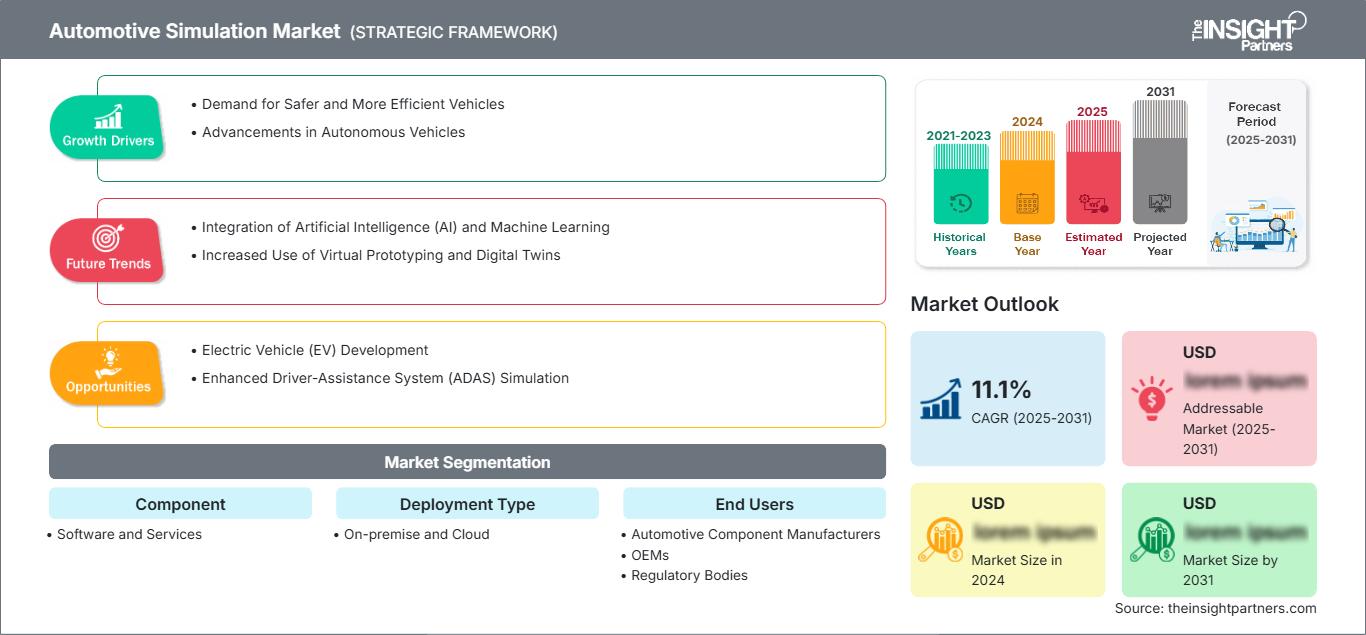
-
Get Top Key Market Trends of this report.This FREE sample will include data analysis, ranging from market trends to estimates and forecasts.
Automotive Simulation Market Growth Drivers
- Demand for Safer and More Efficient Vehicles: The increasing need for safer and more efficient vehicles is a major driver of the automotive simulation market. With regulatory pressures for improved safety standards and fuel efficiency, automakers are relying on simulation tools to test and refine vehicle designs. These simulations help evaluate crash scenarios, fuel consumption, aerodynamics, and vehicle performance without physical prototypes, speeding up the design process and ensuring better compliance with safety and environmental regulations.
- Advancements in Autonomous Vehicles: The development of autonomous vehicles is driving the adoption of automotive simulation technologies. Simulation tools allow manufacturers to test and validate self-driving algorithms, vehicle sensors, and control systems in diverse, controlled environments. This reduces the risk associated with real-world testing, accelerates development, and enhances the safety and reliability of autonomous systems, making it a crucial component of the automotive industry.
Automotive Simulation Market Future Trends
- Integration of Artificial Intelligence (AI) and Machine Learning: The integration of AI and machine learning is becoming a key trend in the automotive simulation market. These technologies enhance the accuracy of simulations by analyzing large datasets, predicting outcomes, and optimizing vehicle design in real-time. AI-driven simulations can also predict and simulate human behavior in traffic scenarios, improving the development of autonomous driving systems and offering more realistic, data-driven insights.
- Increased Use of Virtual Prototyping and Digital Twins: The use of virtual prototyping and digital twins is rising in the automotive simulation market. By creating detailed, real-time digital replicas of vehicles, manufacturers can simulate how a car will perform in various scenarios before building physical prototypes. This trend not only speeds up development cycles but also reduces costs and resources needed for physical testing, contributing to more sustainable and efficient product development.
Automotive Simulation Market Opportunities
- Electric Vehicle (EV) Development: With the shift toward electric vehicles, automotive simulation tools offer significant opportunities in designing and testing EV-specific components, such as battery systems, powertrains, and energy efficiency. Simulations help optimize these elements for better performance and range, providing automakers with the ability to quickly iterate and improve their EV offerings. As demand for EVs continues to rise, this area represents a growing opportunity for simulation software providers.
- Enhanced Driver-Assistance System (ADAS) Simulation: The development of Advanced Driver-Assistance Systems (ADAS) presents an opportunity for the automotive simulation market. Simulation tools are used to test ADAS features such as lane-keeping assistance, automatic braking, and adaptive cruise control. By accurately simulating various driving conditions, these tools help ensure that ADAS technologies are safe and reliable before being implemented in production vehicles, creating significant growth potential in this area.
Automotive Simulation Market Regional Insights
The regional trends and factors influencing the Automotive Simulation Market throughout the forecast period have been thoroughly explained by the analysts at The Insight Partners. This section also discusses Automotive Simulation Market segments and geography across North America, Europe, Asia Pacific, Middle East and Africa, and South and Central America.
Automotive Simulation Market Report Scope
| Report Attribute | Details |
|---|---|
| Market size in 2024 | US$ XX million |
| Market Size by 2031 | US$ XX Million |
| Global CAGR (2025 - 2031) | 11.1% |
| Historical Data | 2021-2023 |
| Forecast period | 2025-2031 |
| Segments Covered |
By Component
|
| Regions and Countries Covered |
North America
|
| Market leaders and key company profiles |
|
Automotive Simulation Market Players Density: Understanding Its Impact on Business Dynamics
The Automotive Simulation Market is growing rapidly, driven by increasing end-user demand due to factors such as evolving consumer preferences, technological advancements, and greater awareness of the product's benefits. As demand rises, businesses are expanding their offerings, innovating to meet consumer needs, and capitalizing on emerging trends, which further fuels market growth.
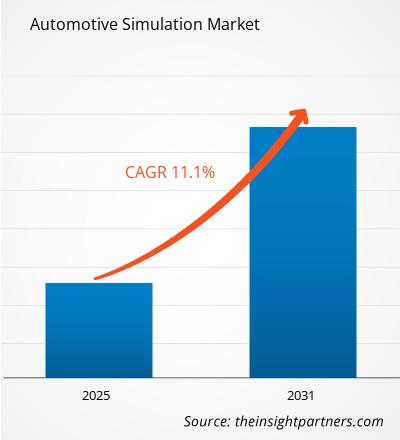
- Get the Automotive Simulation Market top key players overview
Key Selling Points
- Comprehensive Coverage: The report comprehensively covers the analysis of products, services, types, and end users of the Automotive Simulation Market, providing a holistic landscape.
- Expert Analysis: The report is compiled based on the in-depth understanding of industry experts and analysts.
- Up-to-date Information: The report assures business relevance due to its coverage of recent information and data trends.
- Customization Options: This report can be customized to cater to specific client requirements and suit the business strategies aptly.
The research report on the Automotive Simulation Market can, therefore, help spearhead the trail of decoding and understanding the industry scenario and growth prospects. Although there can be a few valid concerns, the overall benefits of this report tend to outweigh the disadvantages.
Frequently Asked Questions
What are the options available for the customization of this report?
What are the deliverable formats of the report?
Which are the leading players operating in the Automotive Simulation Market
What is the expected CAGR of the Automotive Simulation Market?
What is the future trend of the Automotive Simulation Market?
What are the growth opportunities impacting the global Automotive Simulation Market?
- Historical Analysis (2 Years), Base Year, Forecast (7 Years) with CAGR
- PEST and SWOT Analysis
- Market Size Value / Volume - Global, Regional, Country
- Industry and Competitive Landscape
- Excel Dataset
Recent Reports
Testimonials
Reason to Buy
- Informed Decision-Making
- Understanding Market Dynamics
- Competitive Analysis
- Identifying Emerging Markets
- Customer Insights
- Market Forecasts
- Risk Mitigation
- Boosting Operational Efficiency
- Strategic Planning
- Investment Justification
- Tracking Industry Innovations
- Aligning with Regulatory Trends












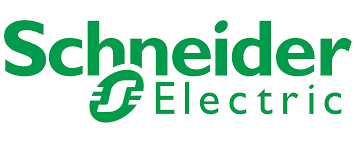


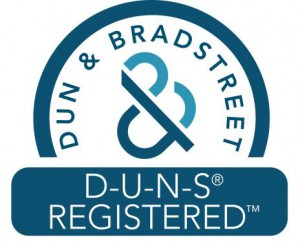
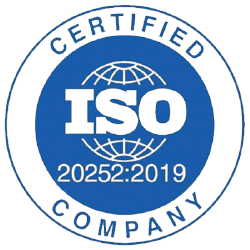
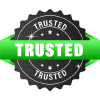



 Get Free Sample For
Get Free Sample For